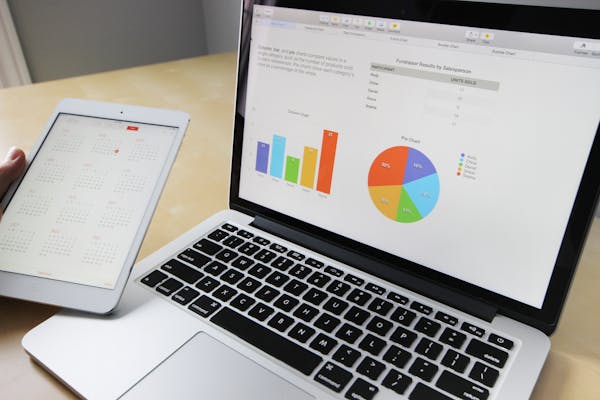Difference between financial forecasting and financial modelling
Meaning of -
Financial Forecasting- Financial forecasting is the process by which a company thinks about and prepares for the future. Forecasting involves determining the expectations of future results.
Financial Modelling- On the other hand, financial modelling is the act of taking a forecast's assumptions and calculating the numbers using a company's financial statements.
Financial forecasting and modelling can be used in budgeting, investment research, project financing, and raising capital.
Detailed difference between Financial Modelling and Financial Forecasting:
Financial Forecasting- When a company conducts its financial forecasts, it seeks to provide the means for the expression of its goals and priorities to ensure they are internally consistent. Forecasts can also help a company identify the assets or debt needed to achieve its goals and priorities.
A common example of a financial forecast is forecasting a company's sales. Since most financial statement accounts are related to or tied to sales, forecasting sales can help a company make other financial decisions that support achieving its goals. However, if sales are to increase, the resulting expenses to produce the additional sales would also increase. Each forecast results in an impact on the company's overall financial position.
Forecasting helps a company's executive management determine where the company is headed. Calculating the financial impact of those forecasts is where financial modelling comes into play.
Financial Modelling- Financial modelling is the process by which a company builds its financial representation. The model created is used to make business decisions. Financial models are the mathematical models made by a company in which variables are linked together.
The modelling process involves creating a summary of a company's financial information in the form of an Excel spreadsheet. The model can help determine the impact of a management decision or a future event. The spreadsheet also allows the company to modify the variables to see how the changes could affect the business.
Reason for Financial Modelling
Financial models are used for several reasons, including:
- Historical analysis of a company
- Projecting and budgeting the financial performance of a company
- Investment research, such as equity analysis
- Project finance analysis, which is the funding of long-term assets and industrial projects
- Purchase of another company or merger
- Raise capital or funding
- Create pro forma financial statements, which are statements created based on a company's assumptions and forecasts.
Financial modelling takes the financial forecasts created during a company's financial forecasting and builds a predictive model that helps a company make sound business decisions based on its forecasts and assumptions
For Example
As a result of an expected to increase in sales, for example, a company must also forecast the resulting increase in raw material or inventory costs. If the company needs a new piece of equipment, the cost to purchase or lease must be estimated. Credit needs could also be forecasted based on the sales and the resulting expenses to produce the sales. A company might need to increase their working capital credit line with a bank, for example.
Conclusion
Forecasts are helpful, but at some point, the number-crunching must be done via a financial model. The modelling calculates the financial impact that a forecasted increase in sales has on the company's income statement, balance sheet, and cash flow statement.



Comments
Post a Comment